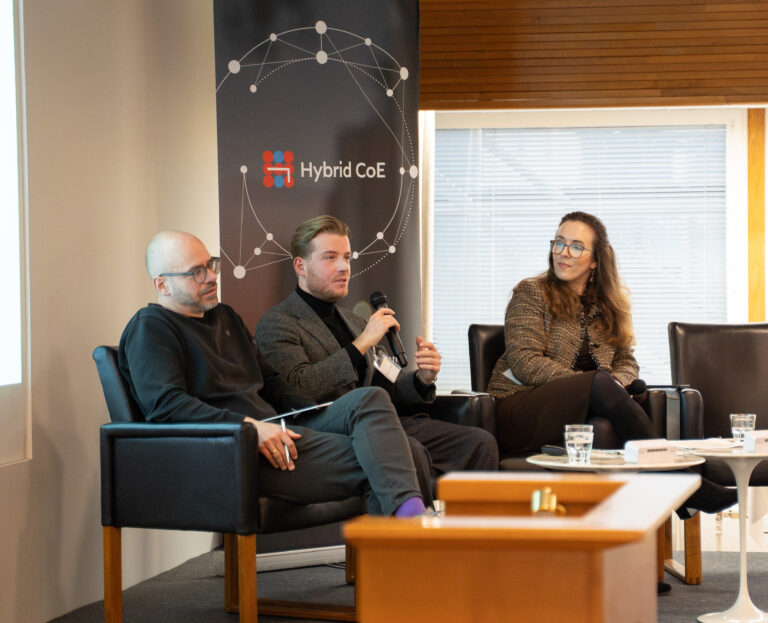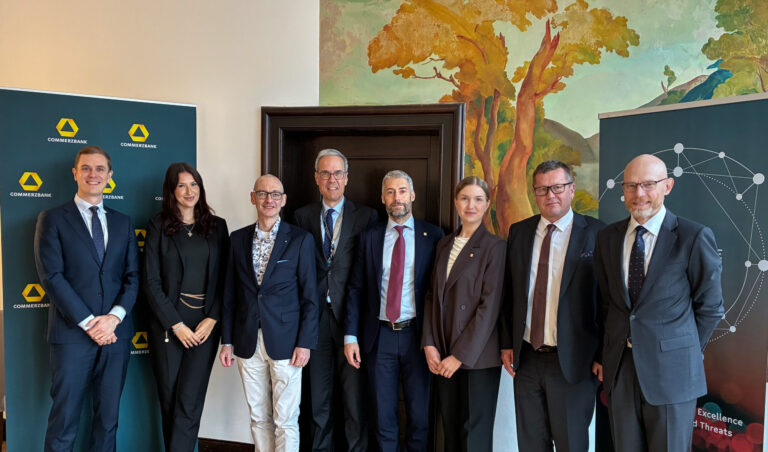The Community of Interest on Hybrid Influence (COI HI) examines how state and non-state actors seek to influence democratic states and their institutions as part of their hybrid threat toolkit. COI HI focuses on the behaviours, activities and tools that a hostile actor might use in hybrid influence campaigns. The goal is to equip practitioners in EU and NATO member states with the tools they need to identify, deter, and respond to hybrid influence threats.
COI HI’s specific areas of interest include disinformation and the use of artificial intelligence; election interference and attempts to subvert democracy; the use of non-state actors and/or proxy groups as part of a hybrid strategy; and methods to deter them. The need for this work is driven by the increasing use of hybrid influence tactics by various threat actors, including the adoption of artificial intelligence and other emerging technologies.
COI HI works closely with a wide range of experts and organizations in both the public and private sectors to share analysis and best practice. It publishes regularly, delivers training courses for practitioners, and hosts a range of events to bring the Participating States, the EU and NATO together.
Related news and publications

 Hybrid CoE Paper 27
Hybrid CoE Paper 27Handbook on the role of non-state actors in Russian hybrid threats

Elections play a key role in safeguarding democracy

 Hybrid CoE Paper 26
Hybrid CoE Paper 26Hybrid threats in high latitudes: Facing Russia on Svalbard










